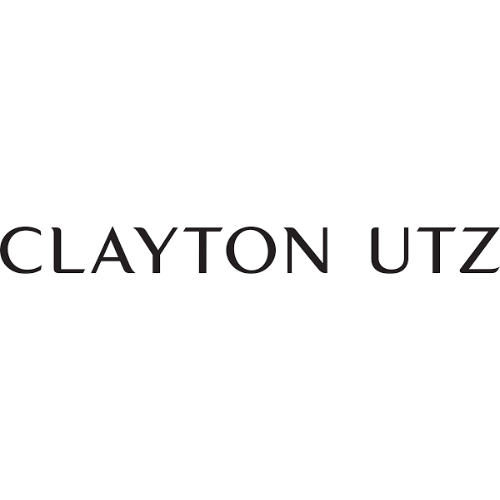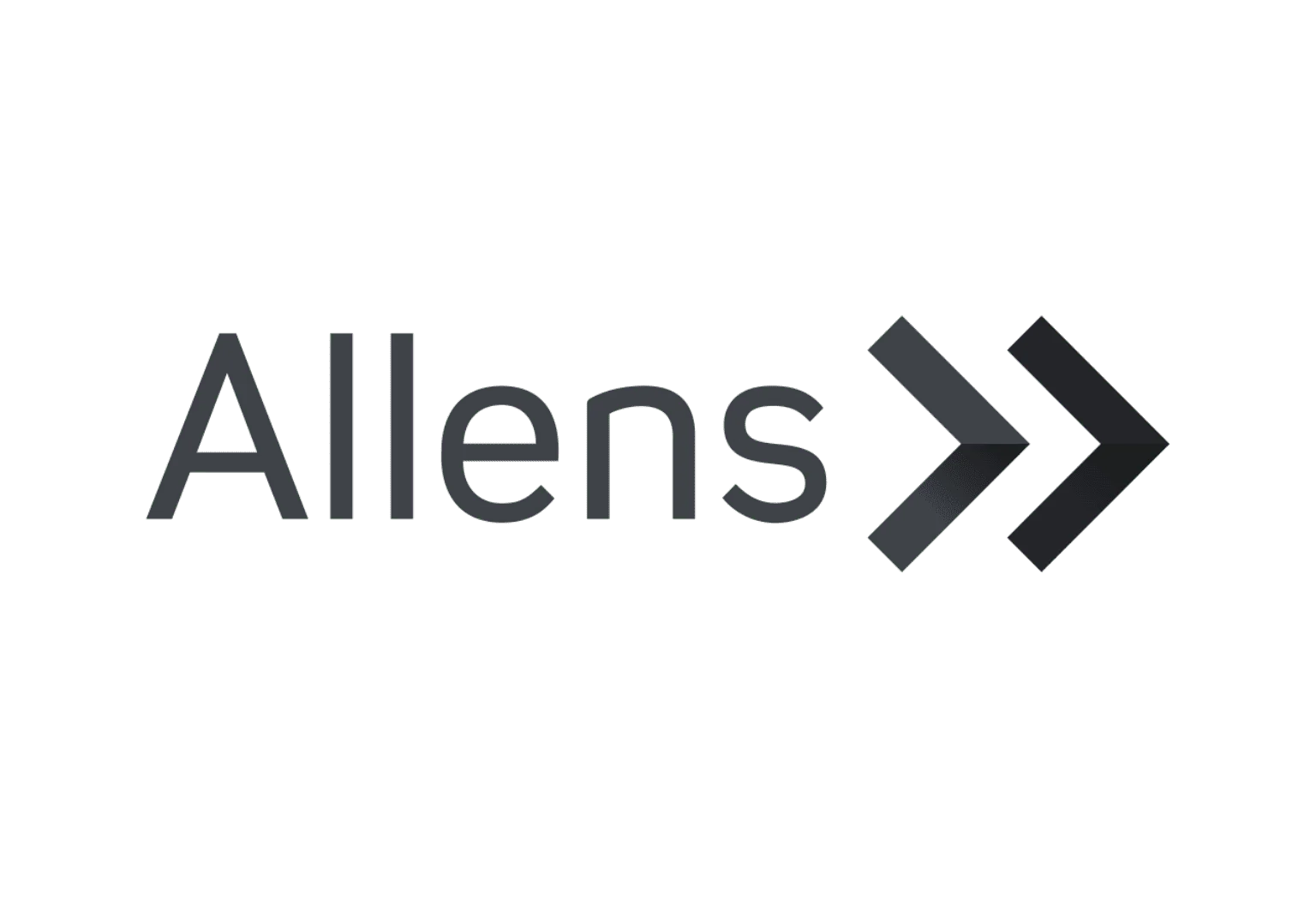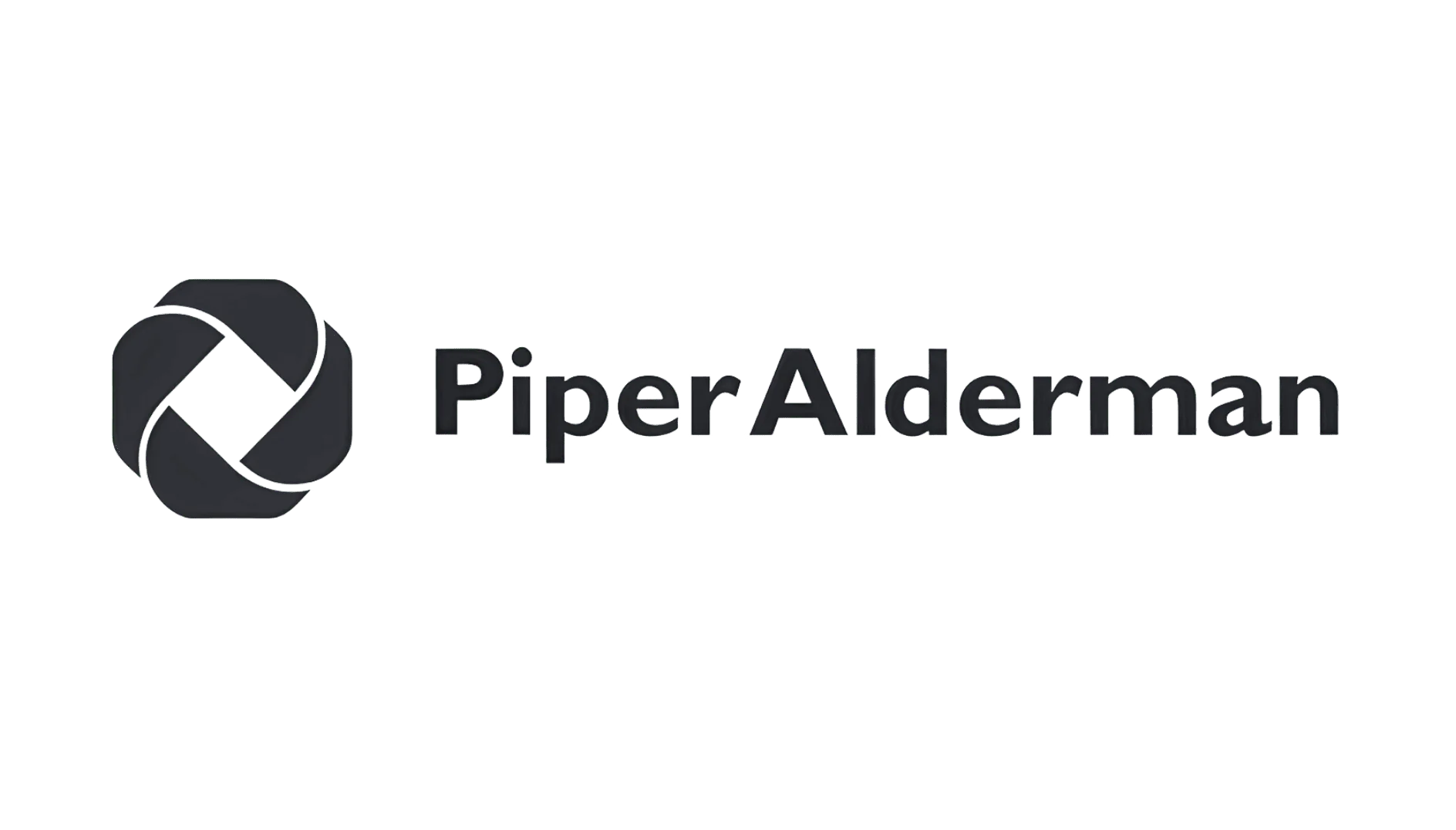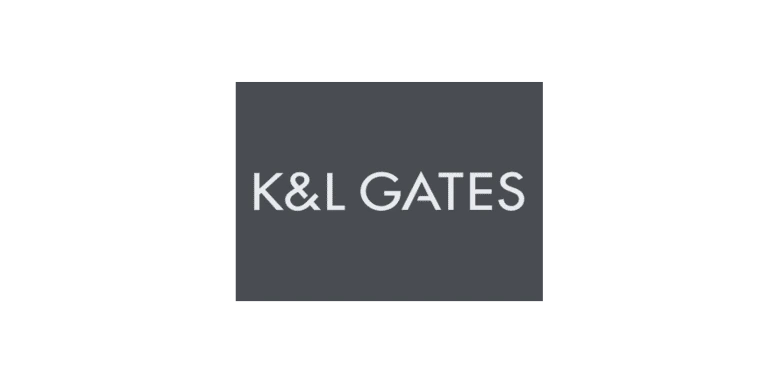Analyze Pleadings
Compare claims and defenses, identify inconsistencies, and uncover strategic opportunities in minutes. Turn opposing pleadings into a tactical roadmap for litigation success.
Trusted by thousands of exceptional lawyers.
At the world's top firms






















Why Litigators Trust
NeXa Analyze Pleadings
Not just document comparison. Strategic intelligence that reveals gaps, contradictions, and tactical opportunities in opposing arguments.
Side-by-Side Comparison
Automatically aligns claims and defenses to reveal overlaps, conflicts, and argument balance.
Inconsistency Detection
Detects factual, evidentiary, and logical contradictions between opposing arguments.
Strategic Improvement Remarks
Suggests tactical refinements to strengthen arguments or expose opposing weaknesses.
Key Points Synthesis
Summarizes core arguments, evidence, and legal theories from both sides in one view.
Jurisdiction-Aware Analysis
Tailors analysis to local procedural rules and jurisdiction-specific standards.
See What 1 Credit Can Do
Real output from analyzing claim and defense pleadings in a high profile wrongful death case.
Sample Input Prompt
Plaintiff Claims: Multiple liability claims based on blood evidence, sharp force injuries, and history of abuse. Defense Responses: Arguments challenging physical evidence, DNA analysis, and chain of custody. Document Size: Combined pleadings totaling 45 pages.
Generated Output Summary
Extracted 5 claim-defense comparison pairs, 3 critical inconsistencies, and 10 evidentiary insights (blood evidence, forensics, timeline, and testimony), with strategic improvement suggestions and a complete litigation roadmap for defense counsel.
Testimonials
What Litigators Say About Our Legal AI Assistant

"After 31 years in military law and 150+ jury trials, I approached NexLaw with healthy skepticism. The platform exceeded my high expectations fundamentally changing how my team approaches research and case preparation. The TrialPrep feature has become indispensable, elevating our trial readiness to new heights."
Manual Pleading Analysis vs. NeXa Analyze Pleadings
See exactly how NeXa Analyze Pleadings transforms your legal workflow
| Metric | Traditional Analysis | NeXa Analyze Pleadings |
|---|---|---|
| Time Required | 4 to 6 hours for complex pleadings | 5 to 10 minutes |
| Cost | $600 to $900 in attorney time | 1 Credit (Included in subscription) |
| Claim-Defense Mapping | Create comparison charts manually | Automatic side-by-side table with strategic remarks |
| Inconsistency Spotting | Depends on reviewer attention to detail | AI detects contradictions across entire pleading set |
| Strategic Insights | Requires experienced litigator analysis | Built-in tactical improvement suggestions |
| Format | Handwritten notes, scattered highlights | Structured tables, downloadable reports |
| Team Collaboration | Share marked up documents | Shareable analysis reports with uniform formatting |
The Numbers Speak for Themselves
Real efficiency gains that translate directly to better litigation outcomes and faster case preparation.
80%
Faster pleading analysis
5
Hours saved per case analysis
100%
Inconsistency detection rate
$750
Average cost savings per analysis
Ready to turn opposing pleadings into strategic advantage?
Schedule Your Analyze Pleadings Demo
FAQ
Frequently Asked Questions
Find quick answers to common questions about Analyze Pleadings.
